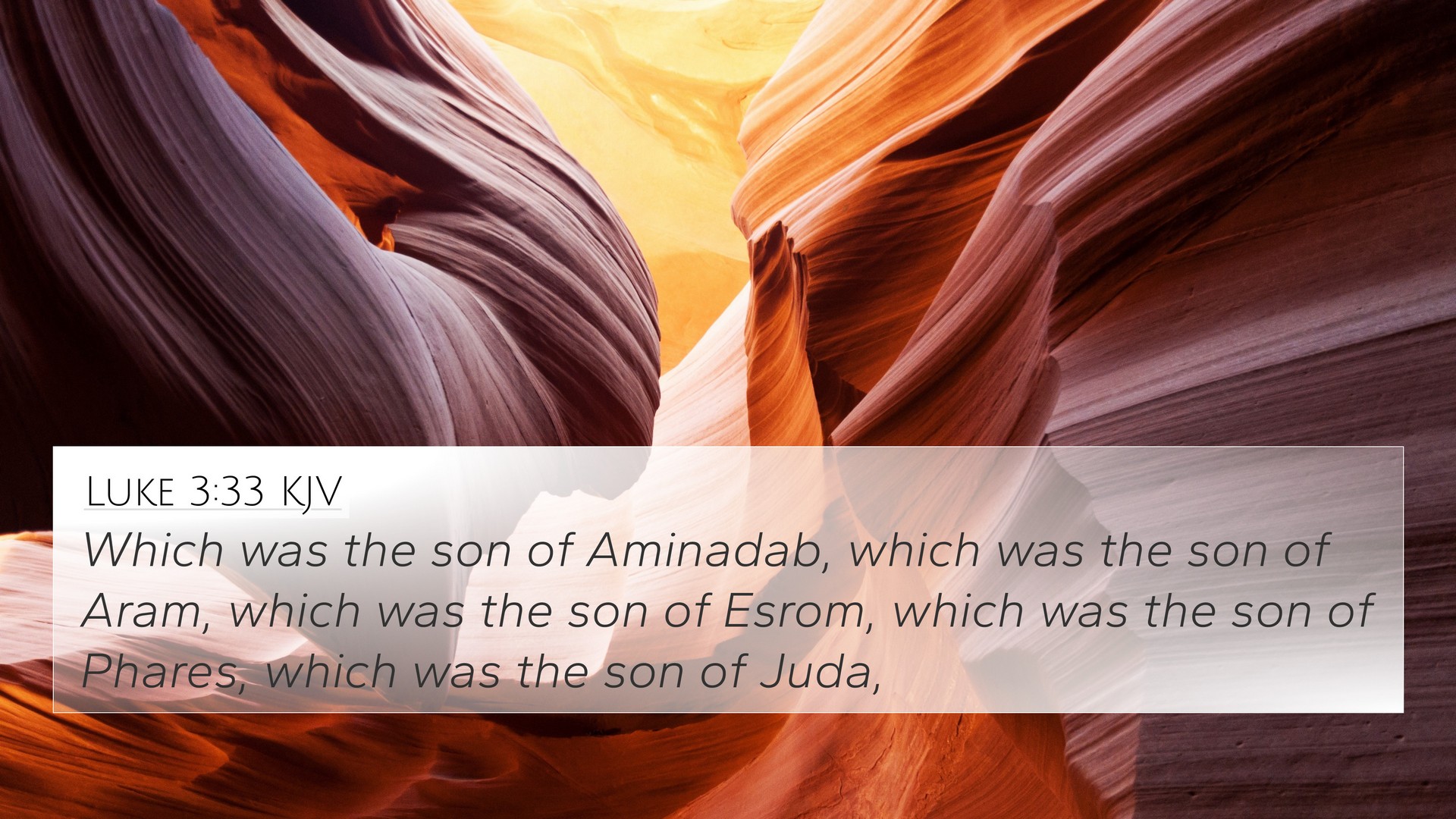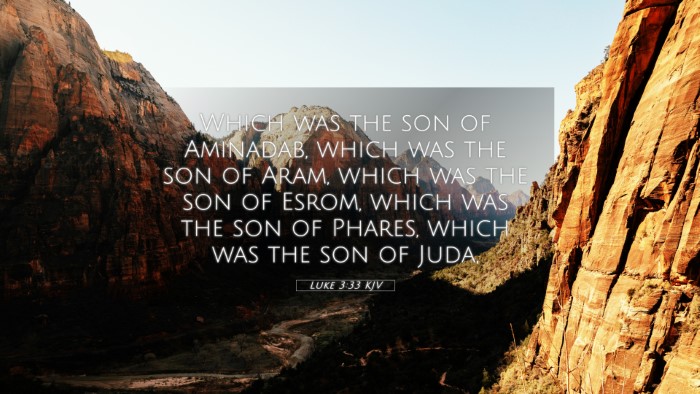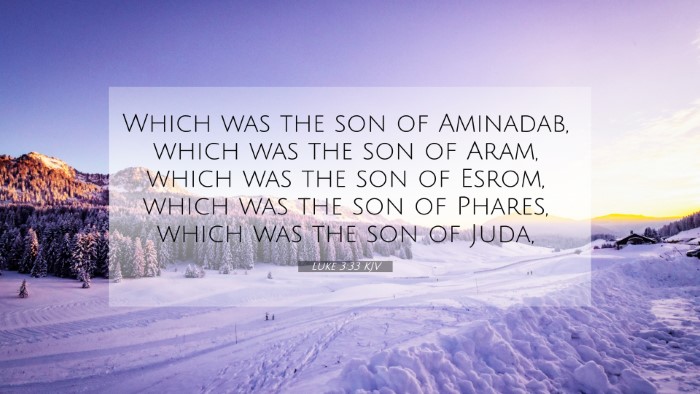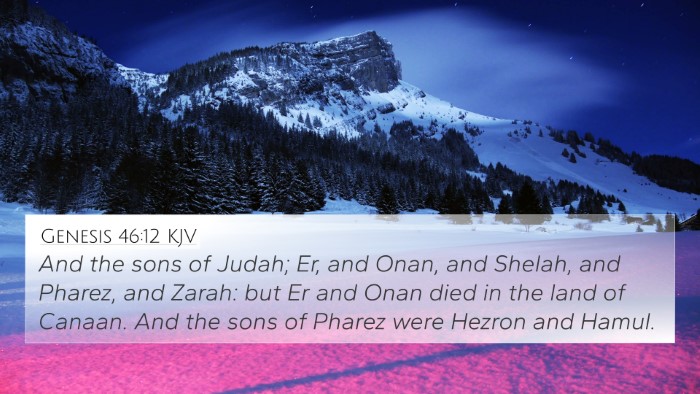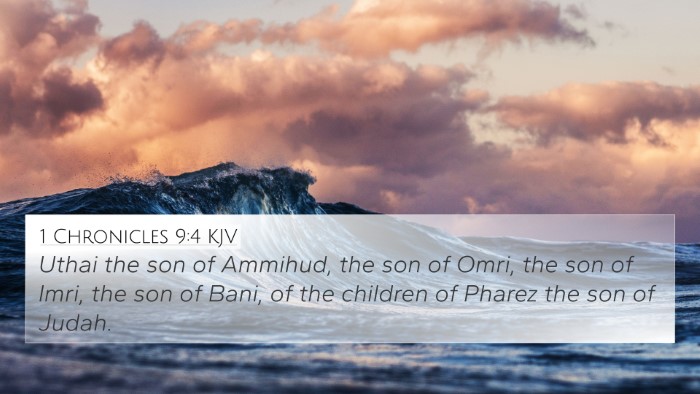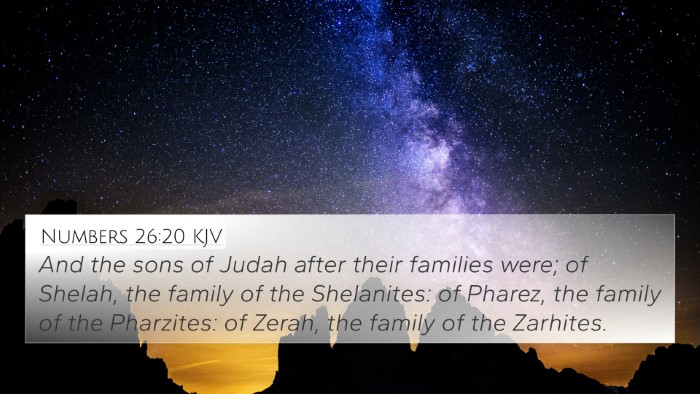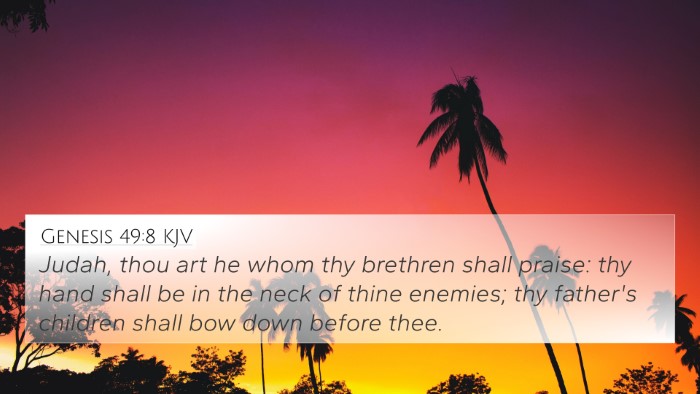Understanding Luke 3:33
Luke 3:33 states:
"Which was the son of Amminadab, which was the son of Admin, which was the son of Abihud, which was the son of Zerubbabel, which was the son of Shealtiel, which was the son of Neri."
This verse is part of the genealogy of Jesus Christ, focusing on the line from David through Solomon to Joseph, emphasizing Jesus's legal right to David's throne.
Significance of Genealogy in Scripture
Genealogies in the Bible serve several important purposes:
- Historical Record: They provide a historical context that validates biblical accounts.
- Theological Significance: Genealogies highlight God's covenant promises to His people.
- Messianic Lineage: They establish Jesus's rightful claim as the Messiah.
Commentary Insights
Matthew Henry's Commentary
Matthew Henry emphasizes the importance of the lineage presented in this verse, noting that it connects Jesus to the significant figures of Jewish history. The lineage not only shows Jesus's humanity but also fulfills the prophecies regarding the Messiah arising from David's line.
Albert Barnes' Commentary
Albert Barnes provides insight into the names mentioned, noting their significance in Jewish history. He points out that the genealogical record reflects God's faithfulness in maintaining a remnant throughout generations, pointing ahead to the coming Messiah.
Adam Clarke's Commentary
Adam Clarke points out that the listing of these names serves as a reminder of God's sovereign plan through history. He also stresses that these genealogical details aim to provide authenticity to Jesus's messianic claims.
Bible Verse Connections
Luke 3:33 interconnects with several pivotal Scriptures that further elucidate Jesus’s lineage and role:
- Matthew 1:12-16: This passage offers an alternate genealogy highlighting the lineage through Joseph.
- Isaiah 11:1: This prophecy speaks of a "shoot" from the line of Jesse, linking directly to Jesus's ancestry.
- Jeremiah 23:5-6: The prophecy of the righteous Branch connects the lineage to David's reign.
- Luke 1:32-33: The angel's pronouncement of Jesus’s kingship ties into His heritage.
- Romans 1:3: Paul affirms Jesus's lineage as being according to the flesh, emphasizing His identity as the son of David.
- Revelation 5:5: Jesus is referred to as the Lion of the tribe of Judah, reinforcing His royal lineage.
- Galatians 3:16: This verse highlights the promise made to Abraham, reinforcing the significance of biblical lineages.
Thematic Bible Verse Connections
Understanding the connections between scriptures enhances comprehension of biblical themes:
- Promise and Fulfillment: Each genealogy in the Bible serves to remind believers of God's promises and their fulfillment through Christ.
- God's Sovereignty: These verses collectively reflect God's control over history and human lineage.
- Hope and Redemption: The lineage leading to Christ offers hope for all believers and underscores the redemptive plan through generations.
Cross-Referenced Themes
Consider exploring the following themes for a deeper biblical understanding:
- Covenants: Analyses of the Old Testament covenants in light of New Testament fulfillment.
- Faithfulness: The persistence of God's promises through generations.
- Messianic Prophecies: Exploration of how Old Testament prophecies are fulfilled in the New Testament.
How to Use Bible Cross-References
To effectively use cross-references in a study:
- Identify Connections: Look for names and themes that are repeated throughout the Bible.
- Compare Contexts: Examine verses in their historical and literary context for deeper understanding.
- Utilize Tools: Employ tools like a Bible concordance or a Bible cross-reference guide.
Conclusion
Luke 3:33 serves essential functions in understanding Jesus’s identity. By studying the connections through cross-references, believers gain greater insight into the cohesive story of redemption woven throughout Scripture.
